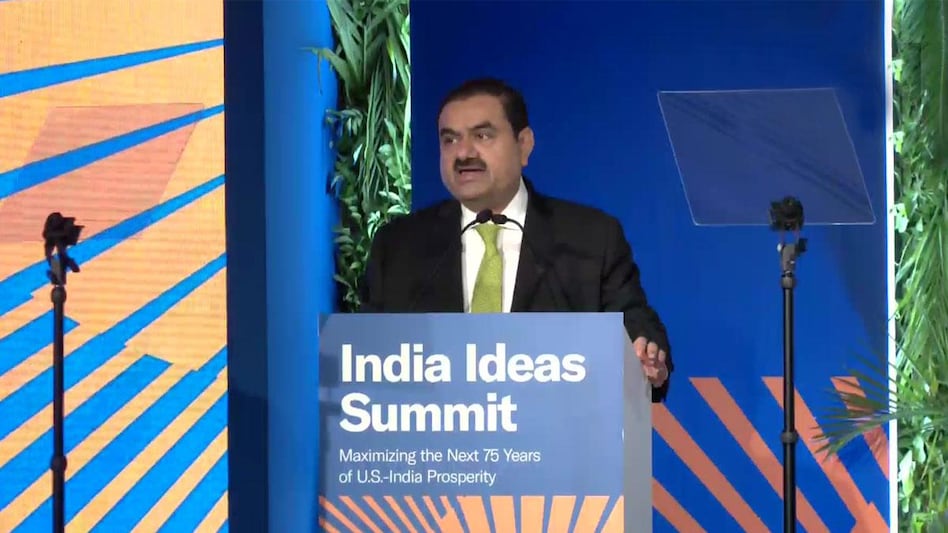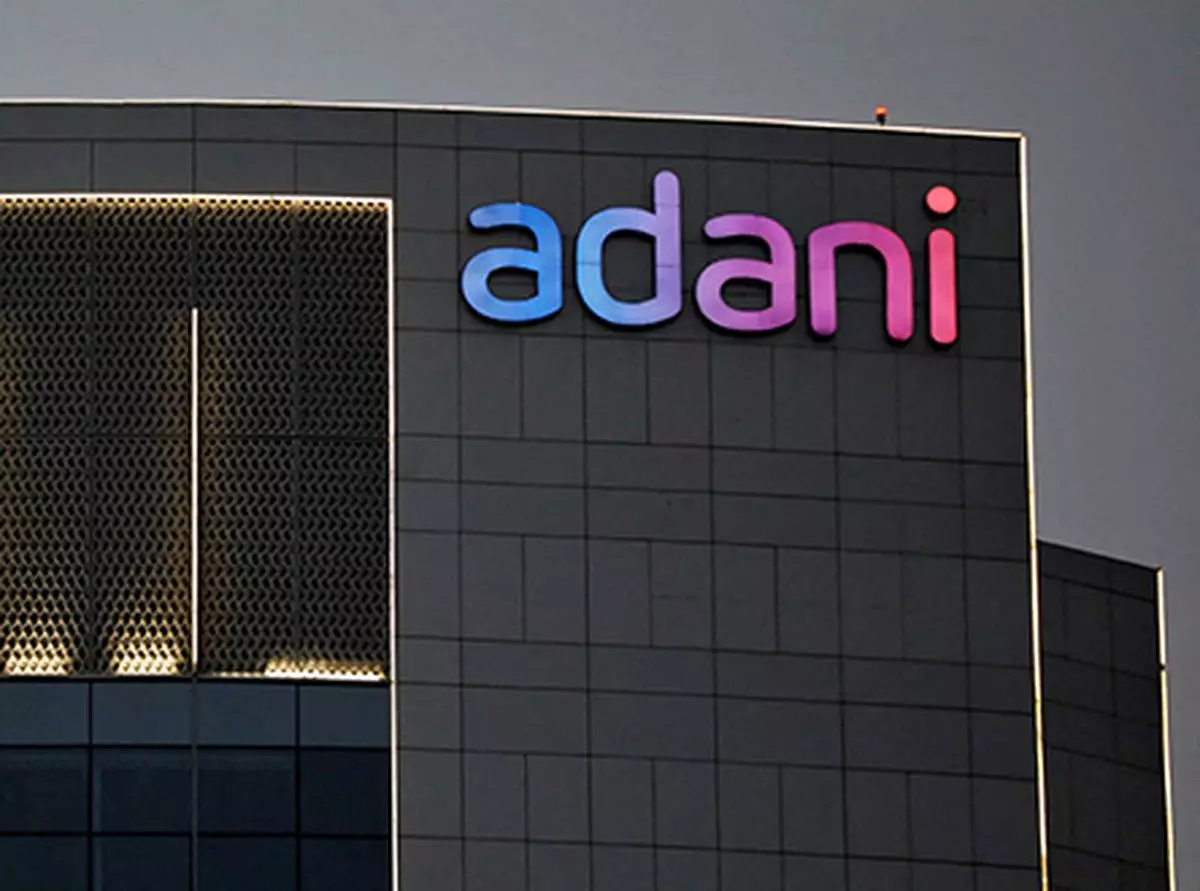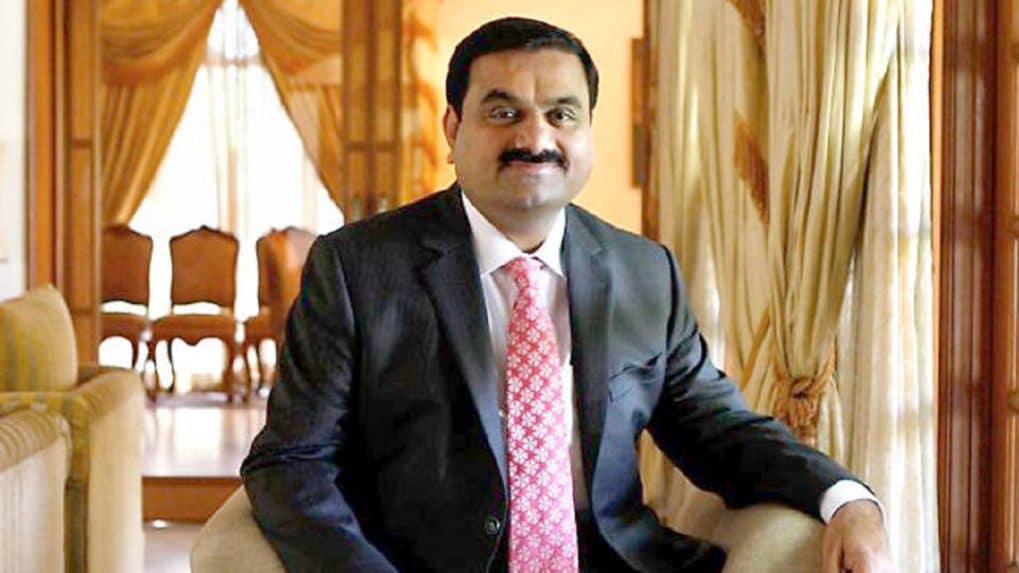Indian Billionaire Adani closes in on Bezos with a 1000% stock surge

Indian Billionaire Adani closes in on Bezos with a 1000% stock surge.
Gautam Adani first became well-known for being Asia’s richest man. His net worth eventually surpassed that of Warren Buffett and Bill Gates. He is currently getting close to the level of wealth that is only held by Elon Musk and Jeff Bezos.
The rise of Gautam Adani has been nothing short of extraordinary. His net worth nearly doubled in a year when many wealthy people lost their fortunes, going from US $64.8 billion to the US $141.4 billion, making him the third-richest person on the planet, according to the Bloomberg Billionaires Index.
The rise in oil and gas prices, which increased the MSCI World/Energy Index’s total return to 36% in 2022 from the global stock market’s overall loss of 18.4%, is in part responsible for his increasing wealth. Even though the sector as a whole has seen significant growth this year, with some share prices more than doubling, Adani’s businesses stand out. The assessments of his companies, the leverage incorporated into his business empire, and his connections to the Indian government are all being reexamined.
While Adani Green Energy Ltd. and Adani Total Gas Ltd. are valued at more than 750 times their earnings, Adani Enterprises Ltd. and Adani Transmission Ltd. are worth more than 400 times their earnings. While Mukesh Ambani’s Reliance Industries Ltd. is trading at 28 times price-to-earnings, Elon Musk’s Tesla Inc. and Jeff Bezos’ Amazon.com Inc. both have P/E ratios of around 100.
The 60-year-old Adani has shifted his conglomerate’s focus to areas that Prime Minister Narendra Modi believes are essential for India to meet its long-term economic objectives. He has achieved this in part by using his empire as leverage, which led CreditSights, a Fitch Group company, to describe it as “deeply overleveraged” in a report last month.
James Crabtree, the author of the book “The Billionaire Raj,” which examines inequality and India’s wealth, claims that Adani “has built up an extraordinary fortune through a mix of aggressive risk-taking, rapid debt accumulation, and canny political connections.”
His ascension to the top of the Asian and Indian tycoon classes took less than ten years. He is described as “representing the opportunities and rife inequality of India’s new Gilded Age.”
Adani to build 3 Giga-factories in India as a part of a $70 billion green investment
Adani began his career in the diamond trade in Mumbai in the early 1980s before moving on to coal and ports. Adani is a college dropout who survived a terrorist attack while being held hostage for ransom. He increased the scope of his business empire, which now encompasses data centres, airports, cement, and media. He pledged to invest US$70 billion in green energy last year in an effort to establish himself as the largest renewable energy producer in the world.

The Adani Group’s stock price increased on Tuesday due to gains by Adani Total Gas and Adani Enterprises of more than 2% each.
Sharp gains have sparked worries over opaque shareholder structures and a dearth of analyst coverage, especially as the world’s financial markets tremble in the face of rising interest rates. The dollar bonds of many of the group’s companies, however, have decreased.
There doesn’t seem to be much institutional investor interest, so you don’t know why his market is rising so quickly, claimed Hemindra Hazari, a free-lance research analyst based in Mumbai.
The founders, known as “promoters” in India, need to inject more equity capital into the businesses in order to reduce leverage on their balance sheets, claim CreditSights analysts who expressed concerns about the excessive debt levels in Adani’s firms. In addition, they were worried about the dangers of investing a lot of money in new, unrelated businesses.
As a response, The Adani Group asserted that its debt metrics had improved over the previous ten years and that the leverage ratios of its portfolio companies were now “healthy” and appropriate for their respective industries. The company asserts that the ratio of net debt to earnings before interest, taxes, depreciation, and amortization has decreased from 7.6 to 3.2 times. A stock market crash brought on by Covid in 2020 forced Adani and his family to increase loan collateral, which has since fallen from its peak.

CreditSights acknowledged its concerns but claimed that it was “comforted” by the group’s close ties to banks and the Modi administration, which was re-elected in 2019 with nearly two-thirds of the vote. According to Sharon Chen, a Bloomberg Intelligence analyst who specializes in Adani’s ports and utility divisions, the amount of leverage is unimportant, and she does not foresee any funding issues.
In addition to being on an acquisition binge and having access to bank funding, Hazari claims that he has close ties to the current administration. The music will go on as long as this government is in power, which should be a very long time.
He asserts that in addition to polysilicon, these Giga factories will produce a variety of products, such as solar panels, wind turbines, and hydrogen electrolyzers.
He claims that in addition to the Adani Group’s current capacity of 20 GW, this will produce 3 million tonnes of hydrogen and 45 GW of renewable energy by 2030.
The announcement comes shortly after rival billionaire Mukesh Ambani announced a fifth Giga factory as part of investments in low-carbon energy a few weeks ago.

The four Giga factories for integrated solar PV modules that produce electricity from sunlight, electrolyzers that produce hydrogen from water, fuel cells, batteries that store electricity from the grid, and 20 GW of captive solar energy capacity by 2025 will be supplemented by the new Giga factory for power electronics.
Adani outlined the prerequisites for US-India cooperation while pointing out that the two nations’ combined GDP is predicted to reach USD 70 trillion in 2050, or 35–40% of the world’s economy.
By that time, there will be more than 2 billion people living in the two nations together, with a median age of under 40, as opposed to the median age of 44 in Europe and 40 in China at the present time.
“The $150 billion in annual bilateral trade between the United States and India is evidently nothing more than a drop in the ocean when viewed through these economic prisms and the raw power of consumption. There is still a lot to do, “He said.
He thinks the two nations will come to an agreement and accept some compromises regarding the trade agreement that has stalled.
He argues that we cannot afford to hold the view that trade and interpersonal issues are solely the results of tariffs.
Article proofread & published by Gauri Malhotra.




